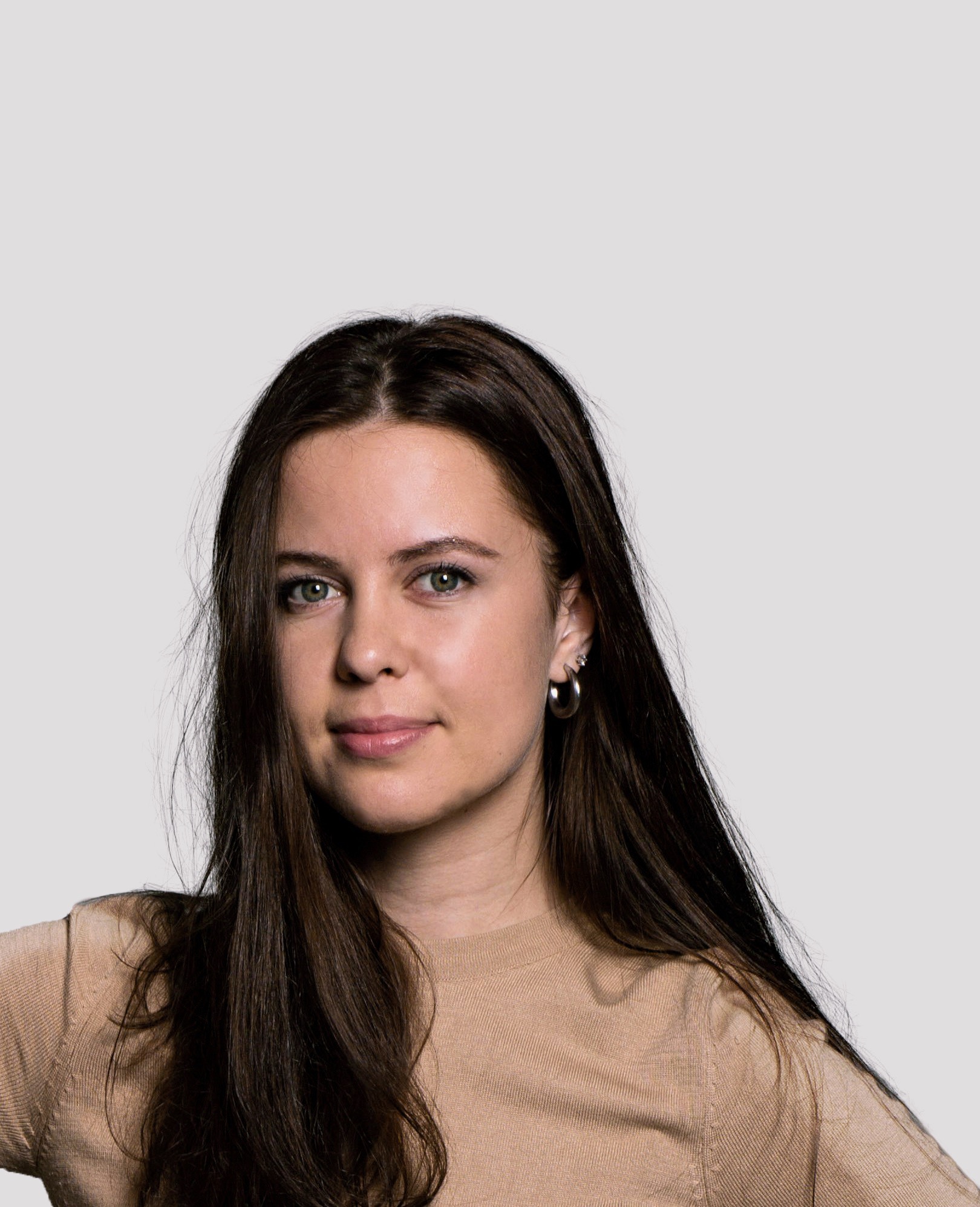Merging Design Futures and Art Thinking approaches for responsible, sustainable and future-proof innovation.

As the famous quote by Einstein goes, ‘we can't solve problems by using the same kind of thinking we used when we created them’. Today, there is an urgent need to discover and cultivate new ways of thinking and creating to respond to the numerous challenges that have risen in recent decades.
There are different paths to instil new ways of thinking. Art thinking is one of them that has been employed in various disciplines to stimulate divergent thinking by generating and posing critical and clever questions. Often, it serves as a catalyst for redefining our relationships with existing paradigms, norms, and routines. Art-tech collaborations, as collaboration between artists and scientists or companies, have been initiated to drive technological and digital development while reflecting on societal and environmental impacts of innovative technologies. Bringing different disciplines together can infuse innovative thinking and unconventional approaches, where art thinking is used to pose critical questions about current paradigms of innovation.
At the same time, design thinking has also found widespread application within companies as a problem-solving and human-centred approach for designing creative and innovative solutions. Design thinking brings iterative approach and experimentation to the process of innovation by placing a strong emphasis on understanding current human behaviours, needs and attitudes.
While art thinking helps generate critical questions about innovation, and design thinking helps generate innovative solutions for current needs, how can we ensure that innovation remains relevant for the future challenges? There is a pressing need to move away from short-term thinking, both for society as a whole and for companies in particular - to ensure that new products and services are designed to meet future needs, challenges and opportunities, sustainably and ethically. As a response to this, Futures thinking is a mindset and approach that fosters thinking about multiple futures in a systematic way. By adopting a future-oriented mindset, a company can proactively identify potential opportunities and threats that will shape its landscape. Futures thinking also provides a framework for both - strategic planning to consider the long-term implications of innovation, and imagining a wide array of alternative futures that can potentially unfold and impact the process of innovation.
Merging Design, Futures, and Art thinking is the focus of MUSAE project. MUSAE aims to define an innovative collaboration model (Factory Model) to integrate artistic approach in the (European) Digital Innovation Hubs (E-DIHs) through a Design Futures Art-driven (DFA) methodology to help companies to anticipate innovative products and services for the future of food to improve human and planetary well-being. One of the main pillars of the Factory Model is the Design Futures Art-driven (DFA) method - a combination of Design Futures method (Design and Futures Thinking) and Art Thinking approach.
The DFA method aims to facilitate the innovation process between artists and companies, encompassing various tools and activities. Alongside strategic tools that effectively guide the design futures process by scanning trends and signals, creating alternative futures and constructing scenarios, the DFA method also integrates emotional exploration as a fundamental artistic contribution that guides both artist and company throughout the whole process. Finally, the DFA method establishes a format for artist-company collaboration throughout the process, allowing them to align on common objectives, vision and follow the progress together.
The DFA method will be implemented and tested during the first MUSAE Art-Tech S+T+ARTS residency starting from September 2024. Stay tuned to know more about the results of the DFA method on our website https://musae.starts.eu/.
Photo by Ramón Salinero on Unsplash

